Een uitstekende manier om comfort aan een ruimte toe te voegen, is deze te hebben. split airco beschikbaar op Alibaba.com die luchtstroom en temperatuur in balans houden. Er is een enorme verzameling geavanceerde. split airco tegen aantrekkelijke kortingen. De. split airco worden geleverd met ongelooflijke functies die hun gebruikers in staat stellen de gewenste warmte of koelte in de kamer te bereiken. Evenzo zijn ze geschikt voor diverse faciliteiten, variërend van huizen, hotels, scholen, industrieën, onder andere.
Deze zijn gemaakt van hoogwaardige materialen en componenten. split airco hebben een lange levensduur die geschikt is voor dagelijks gebruik met onregelmatige uitvalpercentages. Met hun goed doordachte ontwerpen, de. split airco vermeld op Alibaba.com hebben het optimale aantal microgaten waardoor ze de koude of warme lucht door de kamer kunnen verspreiden om de benodigde kamertemperatuur te behouden. Hierin zijn digitale systemen verwerkt. Met split airco kunnen gebruikers ze op afstand bedienen terwijl ze feedback geven.
Deze. split airco komen in een brede selectie met de toonaangevende merken van de wereld. Kopers zullen zeker hun gewenste modellen en maten vinden op basis van hun vereisten. Ontwerpers houden tijdens de productie rekening met essentiële factoren om ervoor te zorgen dat de. split airco kan op strategische posities in de installatieruimte worden geplaatst voor de beste prestaties. Om kopers te verzekeren dat alleen de beste beoordelingen. split airco zijn beschikbaar op de site, alleen betrouwbare verkopers hebben toestemming om te verkopen nadat ze een constant aanbod van kwaliteitsproducten hebben aangeboden.
Het exclusieve. De split airco -opties zijn een uitstekende manier om geld te besparen tijdens het winkelen bij Alibaba.com. Door anders te ontdekken. split airco groothandelaren op de website, kopers zullen genieten van hoogwaardige artikelen tegen aantrekkelijke deals. De functionaliteit van deze premiumproducten is het bewijs dat ze elke cent waard zijn op hun prijskaartje.





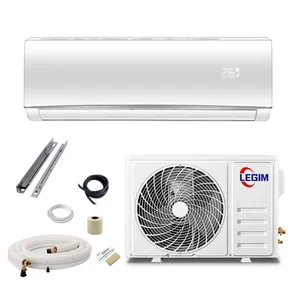
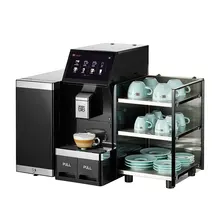
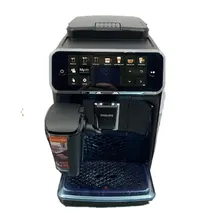
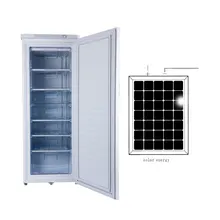
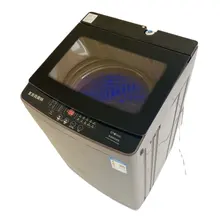
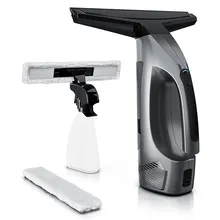










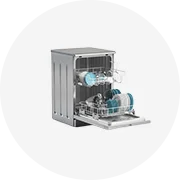






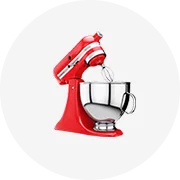











 浙公网安备 33010002000092号
浙公网安备 33010002000092号 浙B2-20120091-4
浙B2-20120091-4